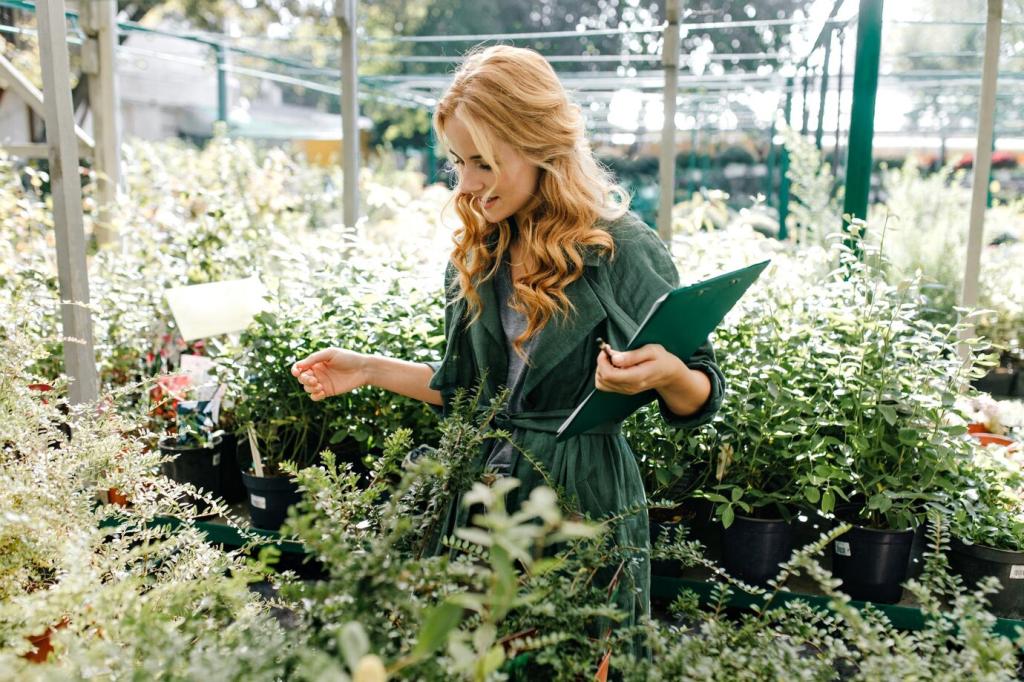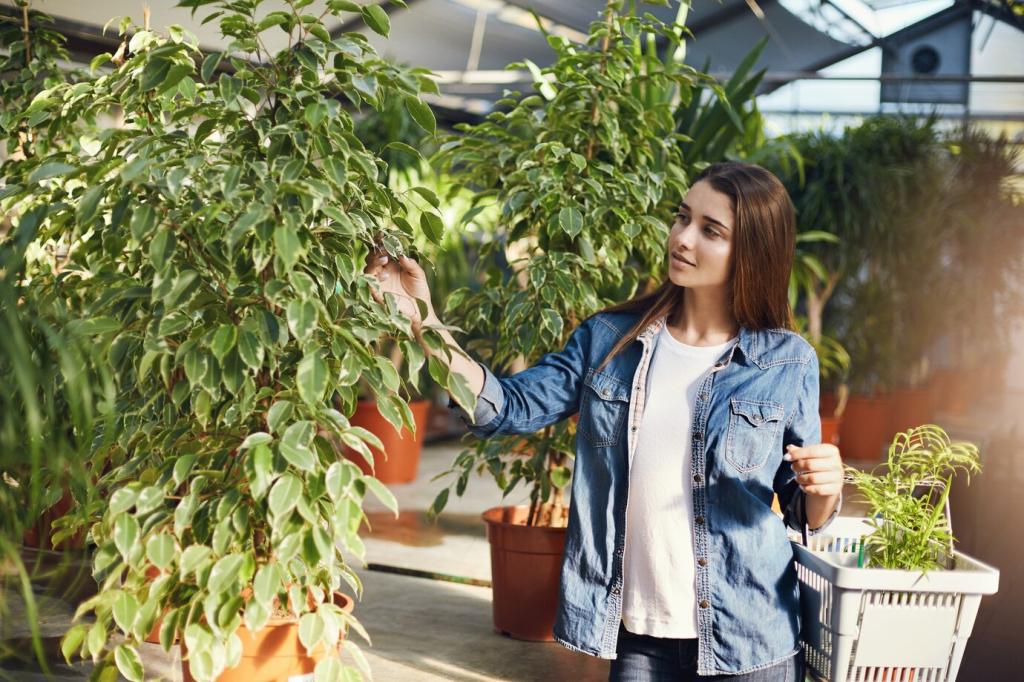DIY Projects to Try This Weekend
Disassemble a pallet, sand edges, and rebuild as a box with a liner. Add a small gravel-filled chamber and a fabric wick to hold moisture. Plant herbs or annuals up top, and invite readers to share watering tips or favorite compact plant combinations.
DIY Projects to Try This Weekend
Collect sturdy glass bottles in one color family for cohesion. Sink them upside down along a path edge with sand and gravel for drainage. Morning sun will glow through the glass, and evening lights will shimmer softly—engage by posting your color palette ideas.
DIY Projects to Try This Weekend
Level the tub, add rinsed gravel, and create shallow shelves with stacked stone for plants and safe critter exits. A small solar pump keeps water moving. Ask readers to suggest native aquatic plants and share photos of visiting dragonflies or frogs.





